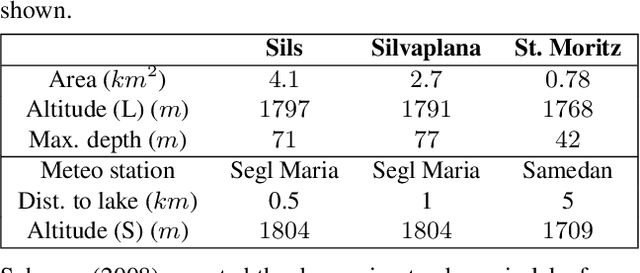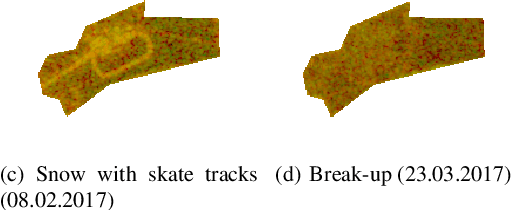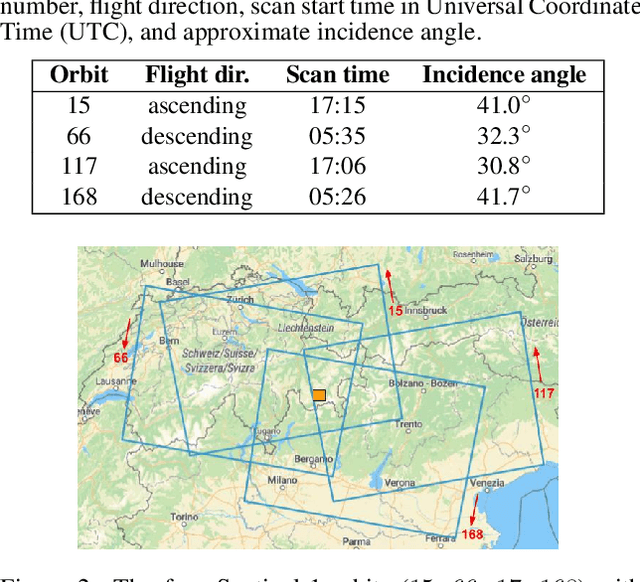Lake Ice Detection from Sentinel-1 SAR with Deep Learning
Paper and Code
Feb 17, 2020



Lake ice, as part of the Essential Climate Variable (ECV) lakes, is an important indicator to monitor climate change and global warming. The spatio-temporal extent of lake ice cover, along with the timings of key phenological events such as freeze-up and break-up, provides important cues about the local and global climate. We present a lake ice monitoring system based on the automatic analysis of Sentinel-1 Synthetic Aperture Radar (SAR) data with a deep neural network. In previous studies that used optical satellite imagery for lake ice monitoring, frequent cloud cover was a main limiting factor, which we overcome thanks to the ability of microwave sensors to penetrate clouds and observe the lakes regardless of the weather and illumination conditions. We cast ice detection as a two class (frozen, non-frozen) semantic segmentation problem and solve it using a state-of-the-art deep convolutional network (CNN). We report results on two winters ($2016-17$ and $2017-18$) and three alpine lakes in Switzerland, including cross-validation tests to assess the generalisation to unseen lakes and winters. The proposed model reaches mean Intersection-over-Union (mIoU) scores >90% on average, and >84% even for the most difficult lake.
 Add to Chrome
Add to Chrome Add to Firefox
Add to Firefox Add to Edge
Add to Edge